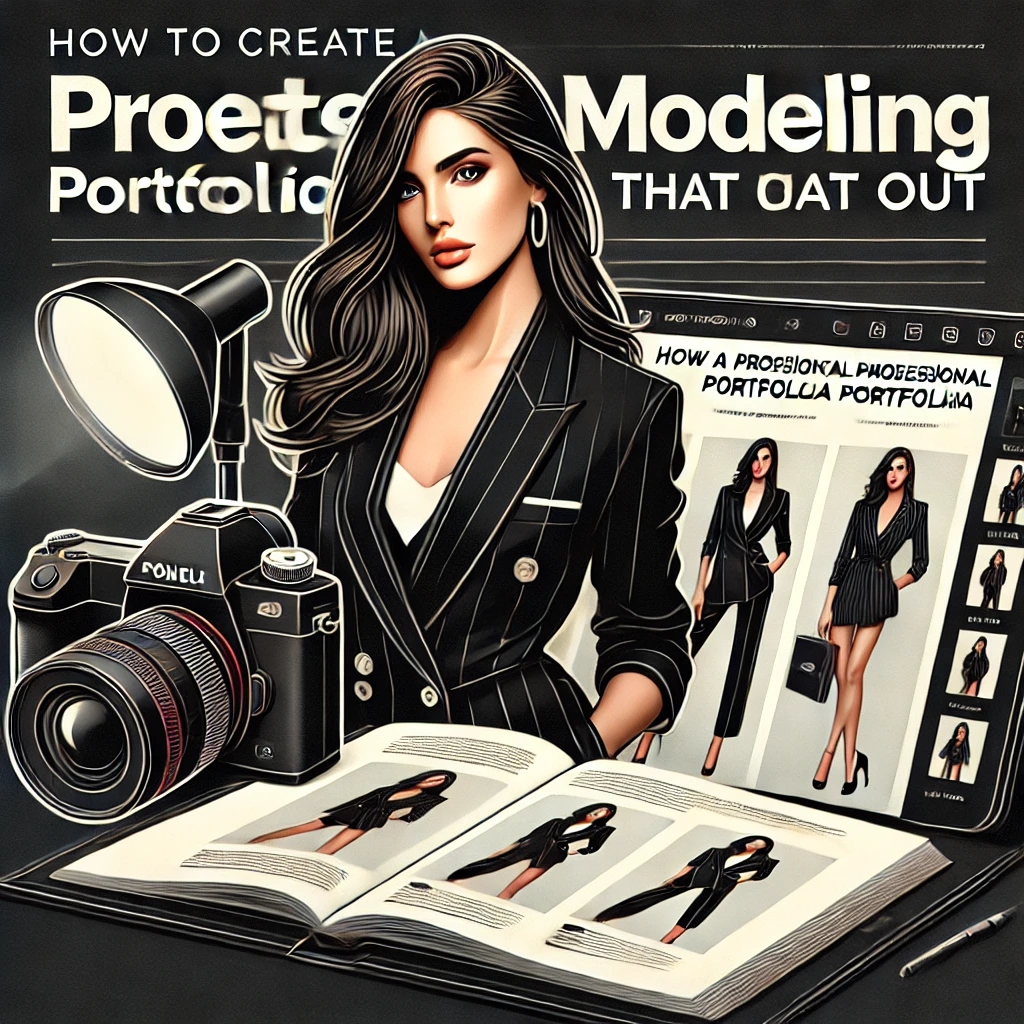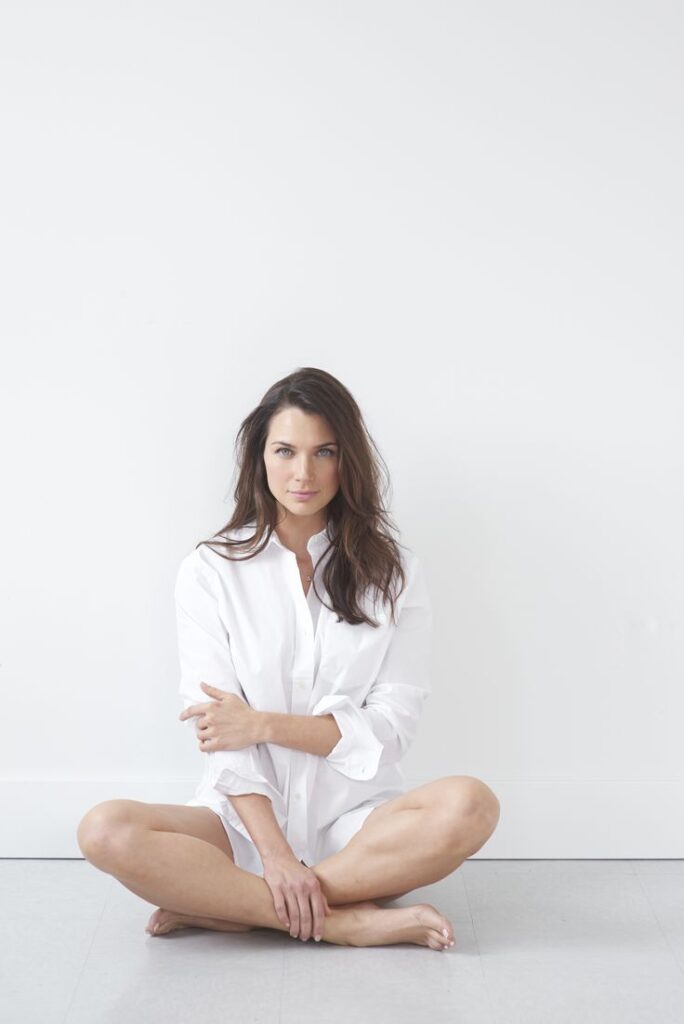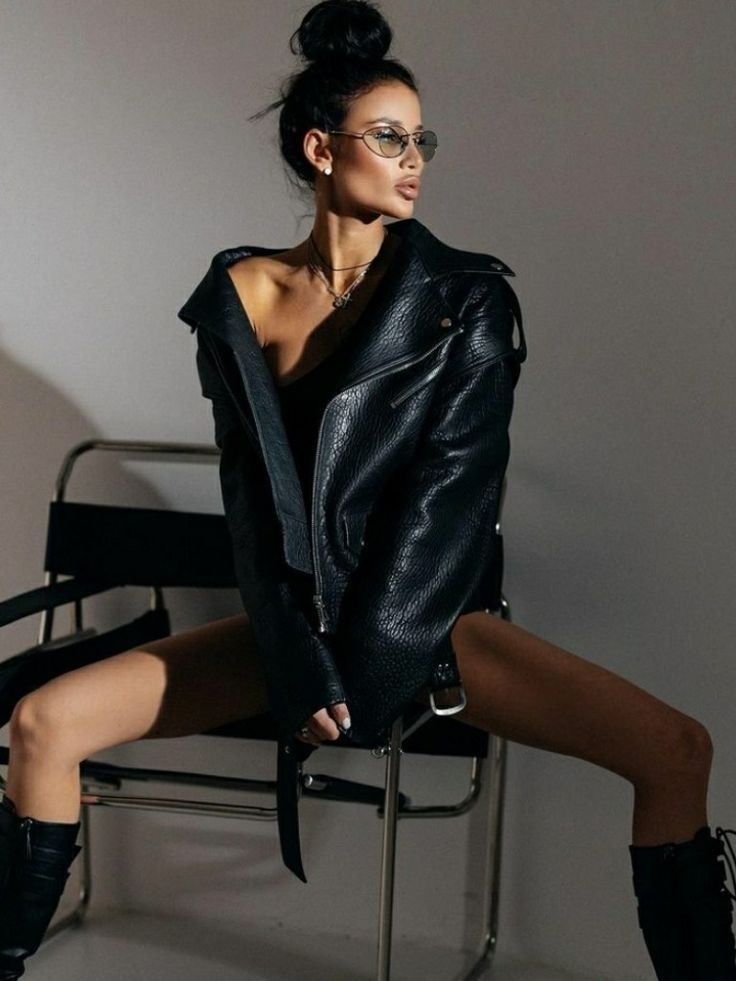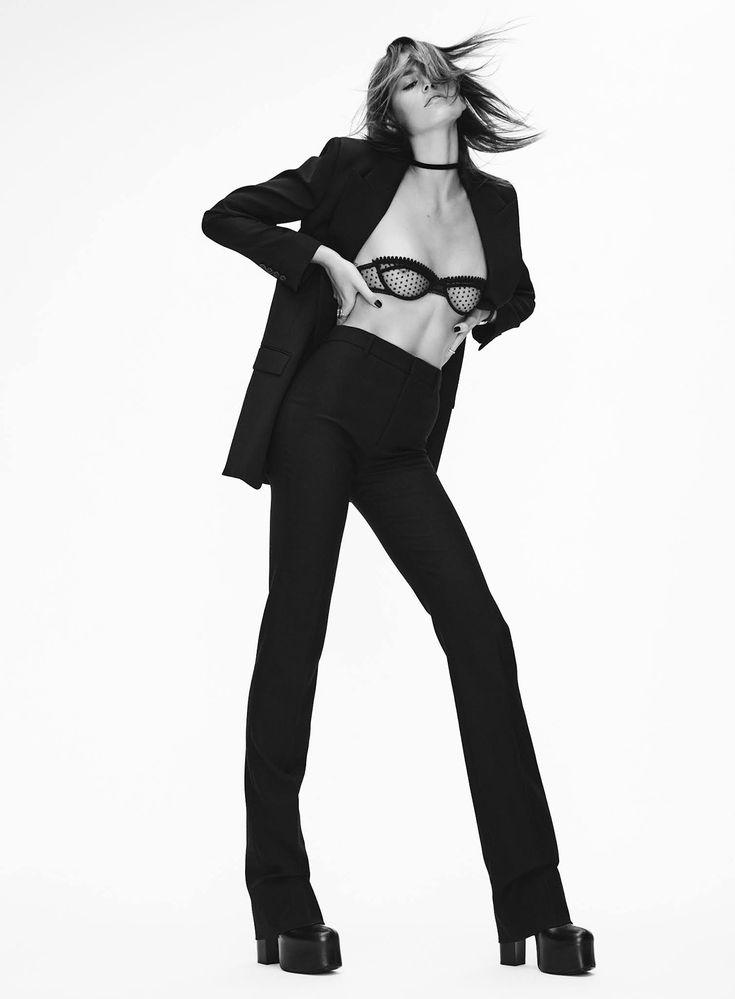A Professional Modeling Portfolio is one of the most critical tools for aspiring and established models. It serves as a visual resume, highlighting your unique features, versatility, and potential. A well-structured portfolio can open doors to agencies, designers, and casting directors. However, creating a standout portfolio requires more than just a collection of photographs—it demands strategic planning, a keen eye for detail, and industry insights.
In this comprehensive guide, we will walk you through the entire process of crafting a Professional Modeling Portfolio that not only meets industry standards but also distinguishes you from the competition.
1. Understanding the Importance of a Modeling Portfolio
Why Your Portfolio Matters
- Acts as your first impression in the industry.
- Represents your ability to work with different brands and styles.
- Helps agencies, clients, and photographers assess your marketability.
- Serves as a long-term career investment that evolves with experience.

Key Elements of an Impactful Portfolio
- Diversity in Images: Demonstrates your range and ability to adapt to various roles.
- Quality Over Quantity: Only include top-tier, high-resolution images.
- Industry Alignment: Ensure your portfolio meets the expectations of the modeling niche you aim to enter.
2. Choosing the Right Photographer
Why a Professional Photographer is Essential
- A skilled photographer understands angles, lighting, and composition.
- They provide industry-standard images that align with fashion and commercial expectations.
- High-quality images increase your chances of catching the attention of agencies and clients.
How to Select the Best Photographer
- Review their portfolio and past work with models.
- Seek recommendations from industry professionals.
- Ensure they have experience in fashion, commercial, and editorial photography.
- Discuss your vision and goals before the shoot to align expectations.
3. Planning Your Photoshoot for Maximum Impact
Creating a Concept and Mood Board
- Define Your Brand: Are you aiming for high fashion, commercial, or fitness modeling?
- Gather Inspiration: Use Pinterest, magazines, and fashion editorials to develop ideas.
- Discuss with Your Team: Ensure your photographer, stylist, and makeup artist understand the vision.
Selecting the Right Wardrobe
- Neutral and Classic Pieces: Solid colors work best to highlight features.
- Versatility: Include casual, formal, and high-fashion outfits.
- Avoid Distracting Patterns: Simple designs ensure the focus remains on you.
Hiring a Professional Hair and Makeup Artist
- Enhances your best features while maintaining a natural and industry-appropriate look.
- Ensures consistency across different photos in your portfolio.
- Professional makeup adapts better to lighting and high-resolution images.
4. Must-Have Shots in Your Modeling Portfolio
Essential Types of Images
- Classic Headshots: A clean, high-resolution close-up with natural expressions.
- Full-Body Shots: Showcases posture, proportion, and physique.
- Commercial Shots: Highlights a warm, approachable persona ideal for advertisements.
- Editorial Shots: Displays creative and fashion-forward styling.
- Action or Lifestyle Shots: Demonstrates versatility and movement.
- Black and White Portraits: Adds a timeless and dramatic effect to your portfolio.
5. Building a Well-Curated Portfolio Book
Organizing Your Portfolio Effectively
- Start with a powerful headshot to grab attention.
- Arrange images in a way that tells a story of versatility and expertise.
- Limit to 15-20 high-quality shots—curate only your best work.
- Maintain a balance between studio and outdoor shots.
Choosing the Right Format
- Printed Portfolio: Essential for in-person meetings and castings.
- Digital Portfolio: Necessary for online exposure and agency submissions.
- Website Portfolio: A dedicated platform where agencies and clients can browse your work easily.
6. Creating an Online Modeling Portfolio
Why Digital Presence Matters
- Agencies and brands scout models online.
- Having an online portfolio increases your visibility and accessibility.
- Allows you to showcase videos, behind-the-scenes content, and testimonials.
Best Practices for an Online Portfolio
- Choose a professional, easy-to-navigate website platform.
- Keep your homepage clean and focused on visuals.
- Include a contact form for agencies and clients to reach out.
- Update your gallery regularly to showcase new work.


















7. Avoiding Common Portfolio Mistakes
What to Avoid
- Over-Editing or Retouching: Keep images natural and true to your features.
- Too Many Similar Shots: Ensure diversity in expressions, settings, and styles.
- Poor Quality Images: Avoid grainy, low-resolution, or badly-lit photos.
- Neglecting Portfolio Updates: Refresh images to reflect your current look and skills.
8. Updating and Maintaining Your Portfolio
Keeping Your Portfolio Relevant
- Update at least twice a year to reflect growth.
- Replace outdated photos with fresh, high-quality work.
- Follow industry trends and adjust your portfolio accordingly.
Seeking Feedback and Improvement
- Ask for professional critiques from agencies and photographers.
- Analyze which images get the most positive responses.
- Adjust based on audience and industry demands.
Conclusion
A Professional Modeling Portfolio is a key investment that can determine your success in the fashion and commercial industry. By following best practices—selecting the right photographer, curating impactful images, and maintaining an engaging digital presence—you can position yourself as a top-tier model.
Start building your portfolio today and make a lasting impression in the industry!

Sony Alpha a7 IV: The Ultimate Camera for Photography

Nikon Z5 Review: Is It Worth It?
-

Nikon Z9 : Game-Changer for Photography
-

Top Features of Nikon D850 That Make It Ideal for Portfolio Shoots
Sony Alpha a7 IV: The Ultimate Camera for Photography
Explore the Sony Alpha a7 IV in this complete 2025 review. Learn how its pro-level features, real-world performance, and hybrid flexibility make it the ultimate camera for photography across genres like portraits, weddings, travel, and commercial work. Table of Contents Section 1: Introduction – Why the Sony Alpha a7 IV Stands Out The Sony Alpha…
Nikon Z5 Review: Is It Worth It?
In 2025, photographers—whether hobbyists, content creators, or professionals—seek equipment that blends value, performance, and future-readiness. Enter the Nikon Z5, a full-frame mirrorless camera marketed as a gateway to high-end imaging without a flagship price tag. But how well does it hold up under real-world demands like studio shoots, weddings, landscape adventures, and lifestyle photography? In…
Nikon Z9 : Game-Changer for Photography
Discover why the Nikon Z9 is considered a true game-changer for photography. This in-depth Nikon Z9 review explores key features, real-world performance, and how it excels in professional photo shoots in 2025. Table of Contents 1. Introduction The photography world witnessed a significant shift with the launch of the Nikon Z9, a flagship mirrorless camera…
Top Features of Nikon D850 That Make It Ideal for Portfolio Shoots
Discover why the Nikon D850 is the ultimate DSLR for portfolio shoots. Explore its top features—from resolution and dynamic range to autofocus precision and workflow speed—that help photographers create stunning, high-impact images for professional portfolios. Whether you’re a portrait artist, fashion photographer, or visual storyteller, a portfolio shoot demands technical excellence, creative flexibility, and uncompromised…
Candid Moments with Canon EOS R10: Lightweight & Reliable
In the evolving world of mirrorless photography, the Canon EOS R10 stands out as a lightweight yet powerful camera tailored for real-life storytelling. Whether you’re photographing street scenes, family gatherings, weddings, or spontaneous portraits, capturing genuine emotion requires a responsive and discreet tool. This article dives deep into how the Canon EOS R10 excels in…
Bold Portraits with Canon EOS R5: Is It the Best for Work?
Studio photography has always demanded precision, artistry, and impeccable gear. As the expectations for commercial portraits, fashion campaigns, and editorial work continue to rise, the tools we use must evolve. Enter the Canon EOS R5, a camera that has stirred the professional waters with its impressive technical specs and forward-thinking design. In this comprehensive Canon…

